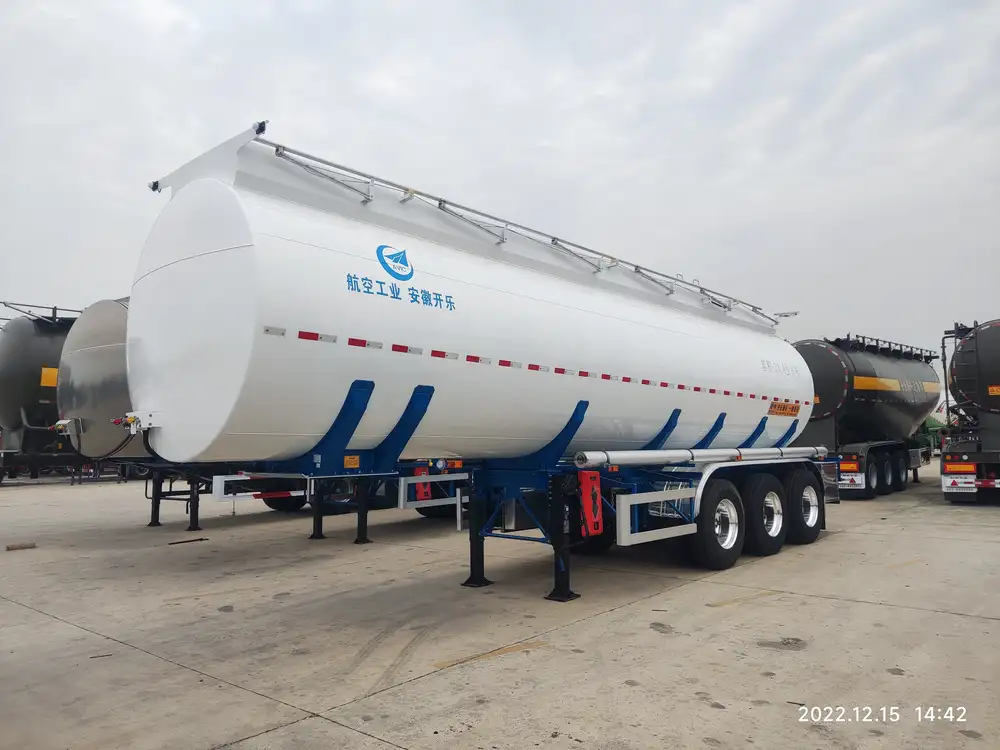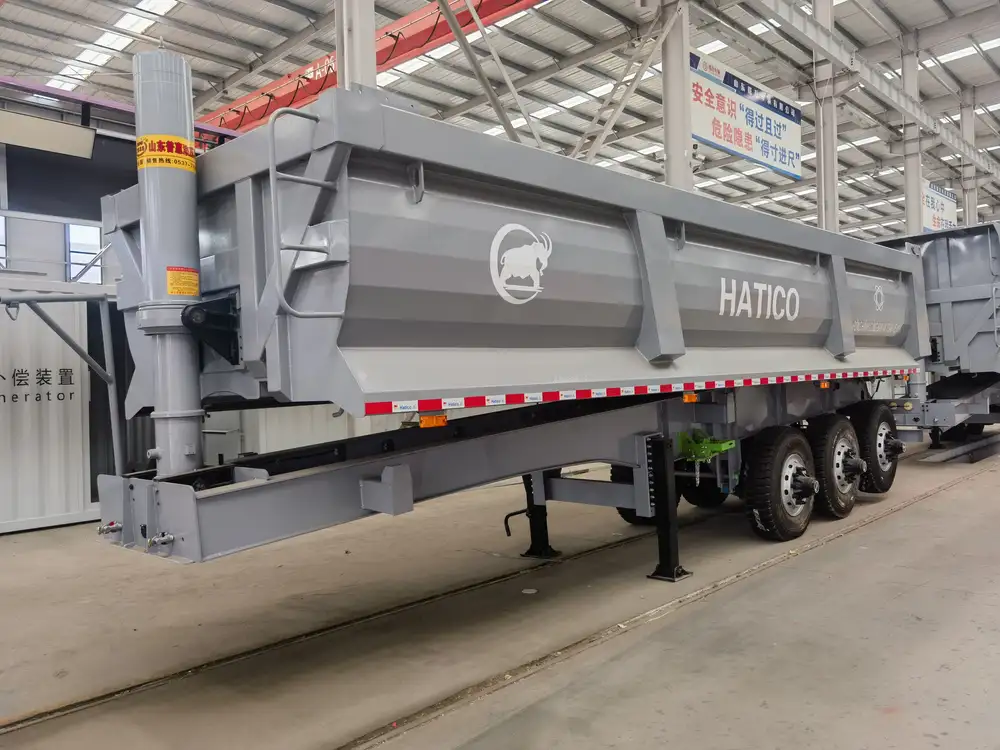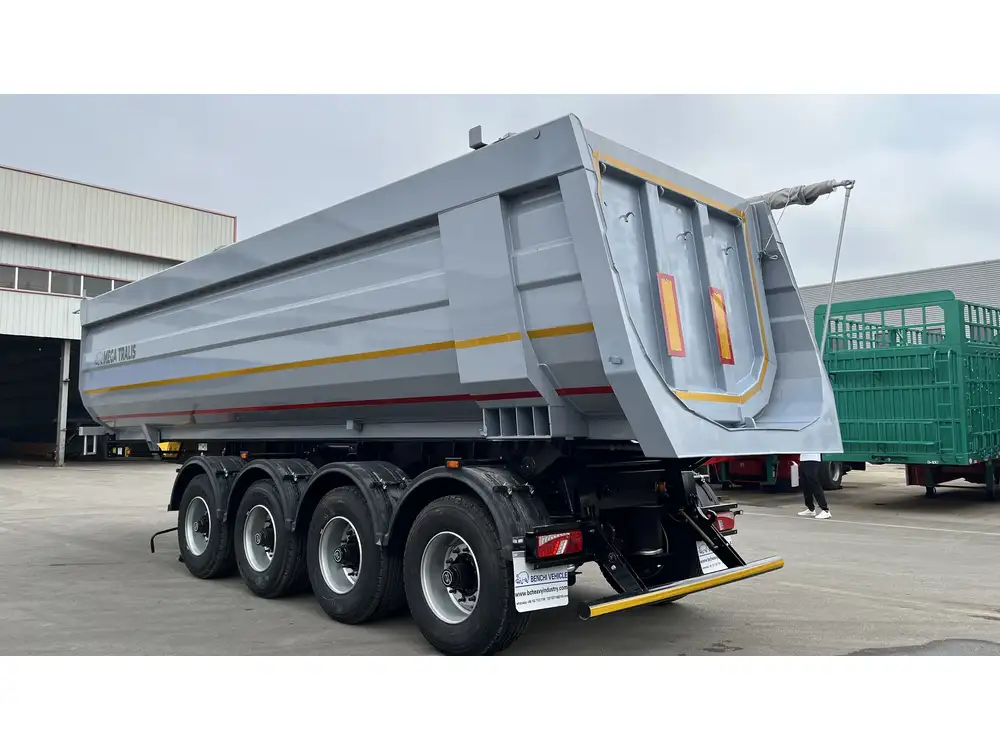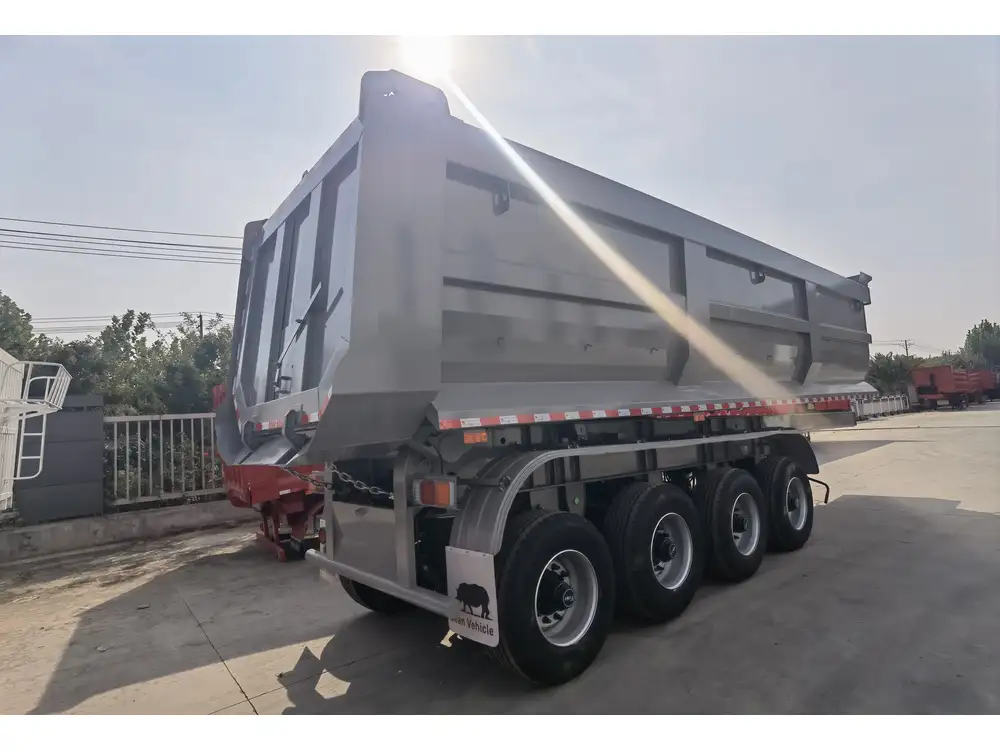When it comes to logistics and transportation, semi-trailers play an integral role in the supply chain. One question that often arises is: how high off the ground is a semi truck trailer? This seemingly simple query encompasses a myriad of considerations, from regulations and safety to engineering and practical applications. This article aims to dissect this topic meticulously, facilitating a better understanding for manufacturers, operators, and stakeholders involved in the transport industry.
The Standard Height of a Semi-Trailer Truck
Average Trailer Height
Generally, the height of a semi-trailer from the ground to the top is about 13.5 to 14.5 feet (approximately 4.1 to 4.4 meters). This standard height is crucial for compliance with federal and state regulations governing road transportation in the United States.
| Type of Trailer | Average Height (Feet) | Average Height (Meters) |
|---|---|---|
| Flatbed | 13.5 | 4.1 |
| Dry Van | 13.5 to 14.5 | 4.1 to 4.4 |
| refrigerated trailer | 13.5 to 14.5 | 4.1 to 4.4 |
| Tanker | 13.5 to 14.5 | 4.1 to 4.4 |
| Lowboy | 11 to 13 | 3.4 to 4.0 |

Regulatory Aspects
Government regulations determine maximum height limits for vehicles to ensure safety, facilitate traffic flow, and accommodate structures such as bridges. The Federal Highway Administration (FHWA) stipulates a maximum height limit of 13.5 feet for vehicles traveling on interstate highways. Should your transport exceed this limit, special permits may be required, and alternative routes may need to be taken.
Factors Affecting Trailer Height
1. Type of Load
The height of the load being transported significantly influences the height of the trailer. For instance, a load composed of bulk goods may necessitate a specialized design that alters the overall height to ensure balance and safety.

2. Trailer Design
The specific design of the trailer can impact its height. Trailers like lowboys are designed for specific heavy equipment transport and thus may have lower profiles compared to standard dry vans or refrigerated trailers.
3. Coupling Mechanism
The coupling mechanism connecting the trailer to the truck can also dictate height variations. The design of the fifth wheel, the component that connects the semi-truck to the trailer, can raise or lower the effective height depending on its configuration and the truck model used.
Measuring the Height of a Semi-Trailer

1. Ground to Top Measurement
The most straightforward method for measuring the height is from the ground to the highest point of the trailer, typically the roof. This measurement should be taken when the trailer is attached to the truck, on level ground to ensure accuracy.
2. Consideration of Load Height
When measuring, it is also essential to consider the height of the load, as this can push the overall height above the standard limits, leading to potential legal and safety concerns.
3. Use of Measuring Equipment
For precision, it’s advisable to use measuring equipment like a tape measure or a laser measuring tool. Accuracy can be paramount, especially when navigating under overpasses or through structures with strict height restrictions.

Common Concerns and Solutions
1. Overpasses and Low Bridges
Problem:
Navigating semi-trailers through areas with low overpasses can cause serious accidents or damage.

Solution:
Planning routes in advance to avoid low bridges is critical. Many trucking GPS systems now integrate height data that alerts drivers to potential hazards, ensuring safer transit.
2. Weight and Height Limitations
Problem:
Inadequate awareness of weight and height limitations can lead to fines or shipment delays.

Solution:
Familiarizing oneself with not only federal regulations but also state-specific laws can eliminate these risks. Employing software or apps designed for trucking regulations can also aid in compliance.
3. Load Distribution and Stability
Problem:
Poor load distribution can affect trailer height, leading to operational instability.

Solution:
Proper loading techniques, including distributing weight evenly and securing cargo firmly, mitigate height issues and ensure safety during transport.
Best Practices for Height Management
Use of Technology
Implementing technology in the form of height-tracking software can help operators maintain compliance. Various industries are now using IoT devices coupled with GPS technology to create safe and efficient transport processes.

Training & Awareness
Conducting regular training sessions for drivers allows them to understand the nuances of trailer height management better. Awareness of local regulations and necessary adjustments to the load can avert mishaps.
Regular Maintenance Checks
For semi-trailer manufacturers and operators, regular inspections and maintenance checks on both the truck and trailer height can prevent unexpected issues. Monitoring the condition of the fifth wheel and cargo area will decrease the likelihood of height variations that could affect safety.
Conclusion
Understanding the height of semi truck trailers is paramount to ensuring safe and efficient transportation. With average heights ranging from 13.5 to 14.5 feet, various elements such as load type, trailer design, and regulations must be considered. Stakeholders need to be vigilant about compliance and proactive in employing technology and training to mitigate any issues related to trailer height.
Stakeholders in the transport industry must adapt to regulations while utilizing best practices to maintain compliance and ensure safety. By addressing concerns proactively and employing innovative solutions, operators can navigate the complexities of trailer height management with confidence, ultimately enhancing the operational efficacy of their logistics and transportation strategies.
With a solid understanding of trailer height specifics and associated challenges, manufacturers and operators can foster a safer, more efficient transportation ecosystem, one that consistently meets the dynamic demands of the industry. This comprehensive approach will not only enhance safety but also ensure streamlined shipping processes, giving manufacturers a distinct advantage in the competitive landscape of logistics.
In this evolutionary landscape, where every inch matters, optimizing trailer height awareness can prove invaluable for the sustainability of operations and the achievement of business objectives.



